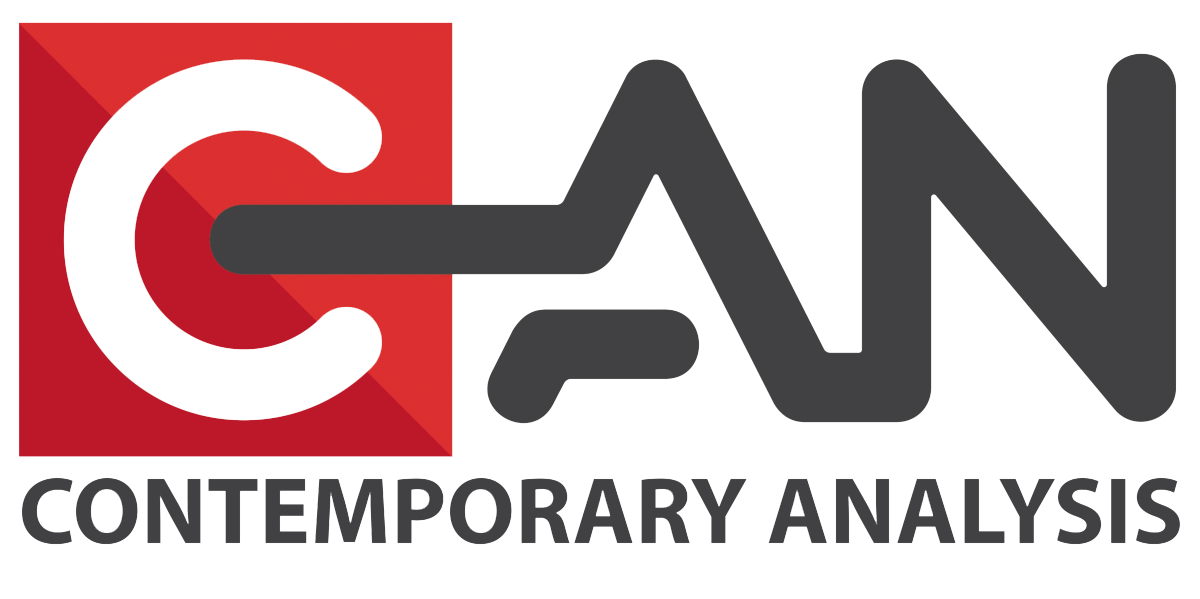The Omaha Data Science Academy: What is it? In 2008, Contemporary Analysis (CAN) began...
News
read more
Guest post: Eric Burns of Gazella Wifi Marketing
Every week CAN will highlight a past or present CAN employee as part of a CAN alumni...
Web Hosting is the first pillar of Web Analytics.
No matter what kind of website you are running, web hosting is the first pillar of...
Contemporary Analysis announces new ownership
This summer, long time employee Nate Watson took over as president and owner of...
Why you should invest in your employees
Investing in employees means more than just treating them well by giving them benefits...
The Omaha Data Science Academy
CAN is excited to announce, in partnership with the Interface Web School, the creation...
Spreading the Good Word about Predictive Analytics
Contemporary Analysis (CAN) is recognized nationally as a leader in the data science...
Merging Predictive Analytics and Marketing
Recently, Contemporary Analysis (CAN) was asked by the Indianapolis Business Journal to...
Nate Watson named new President of CAN.
Contemporary Analysis (CAN)--A new president of CAN was announced earlier this month....
